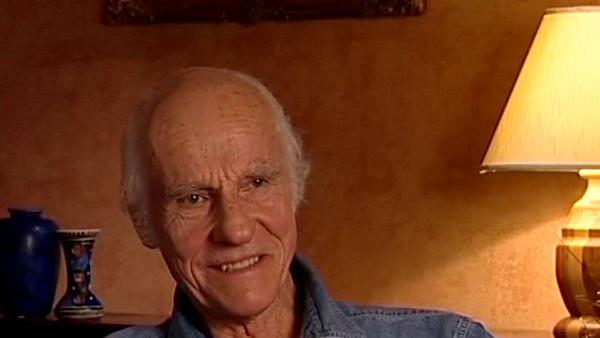They built this set in a New York studio called Century Studio; we had wanted to do it in Astoria which is a huge studio with... with headroom of up to about 40’- we had 21’ and the production designer had built this atomic research laboratory which manufactured plutonium, which had a huge robot, and he built it from floor to ceiling in order to get the maximum out of the space, and I had no room to put any lamps. And so I... this set me thinking; there was no chance of getting a rail up and if I'd hook conventional lamps up, then they would look like conventional lamps, so I designed some lamps. I made banks of lights with about 500W mushroom bulbs encased in a box, so they were rectangular shape and then I put diffusion paper underneath and I positioned them all round the set as if they were the actual light fittings, and they were all on dimmers so I could do whatever I wanted from the floor and change the lighting pattern and change the level of light, because I had shots where it had to go from being a brightly-lit room to when the light goes out and it's just left with the emergency lighting during a... the storm, you see. So, there was this lovely challenge of designing lamps to... to actually fit into the set. And, you know, we had to time... I must say, working on American pictures, you usually get more time than you will on a British one; British producers and production managers are very mean, they try to keep the cinematographer off the payroll until the last minute, but that production is... time, preproduction time is so valuable, because not only can you work out something like that, but you can make a lot of decisions upfront which can save the film money. And, you know, my experience of working in America is that they value the fact that you can be there to make your input ahead of time.






